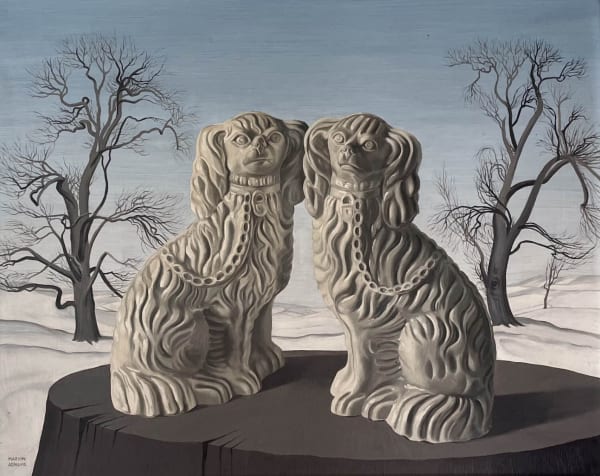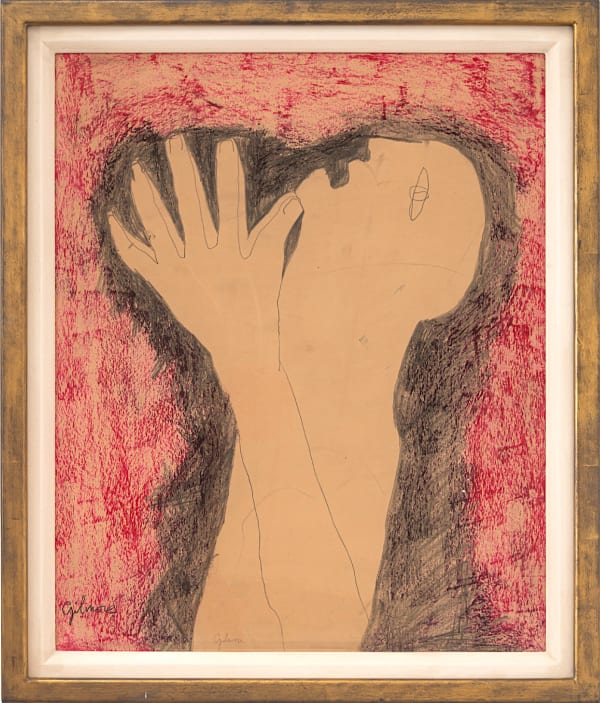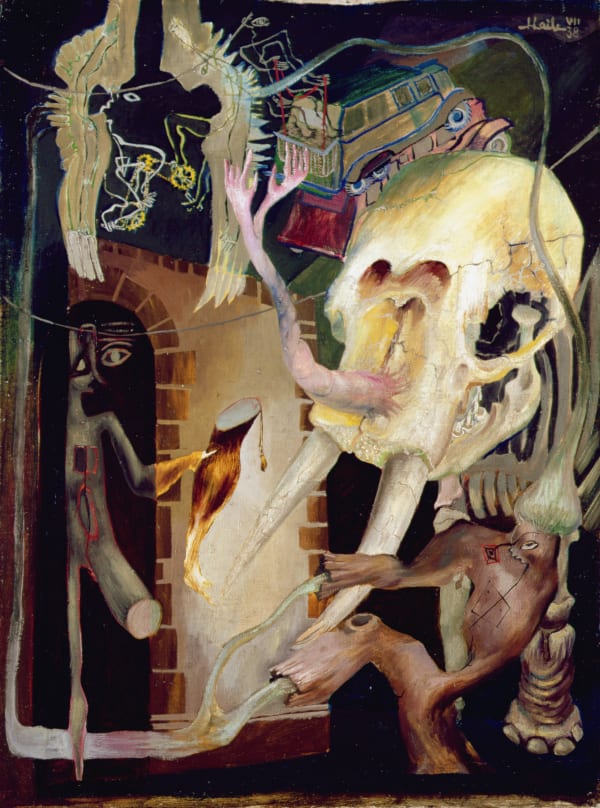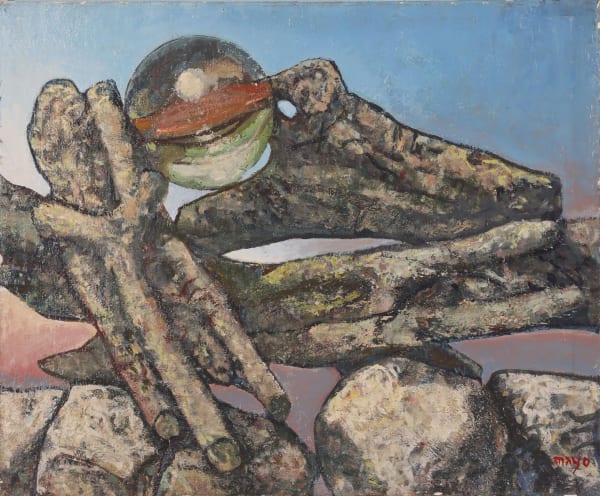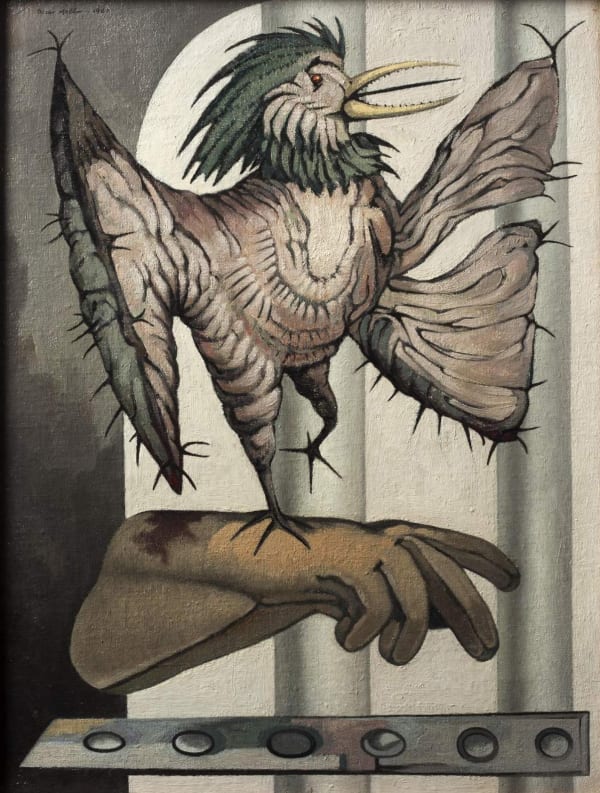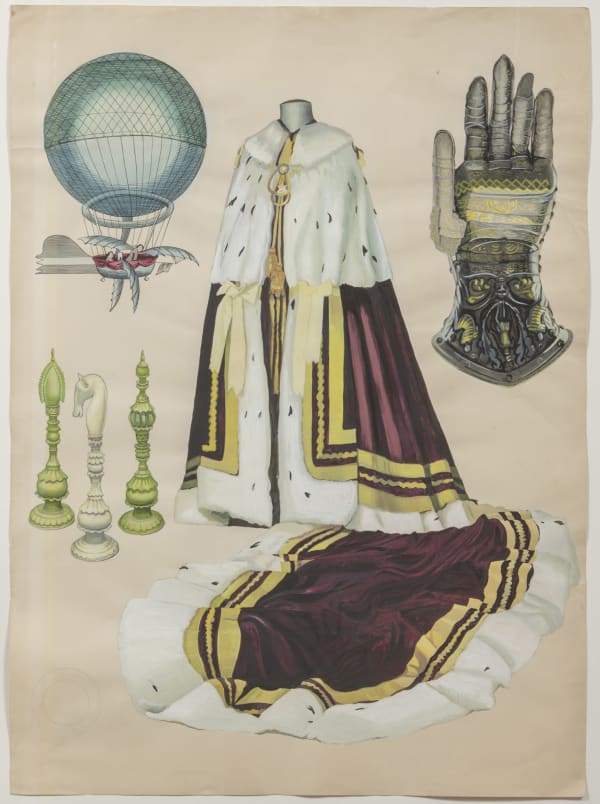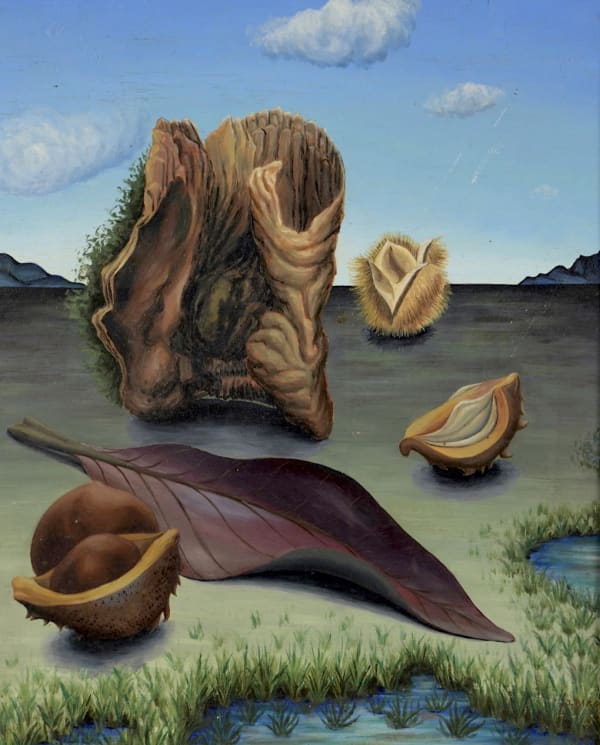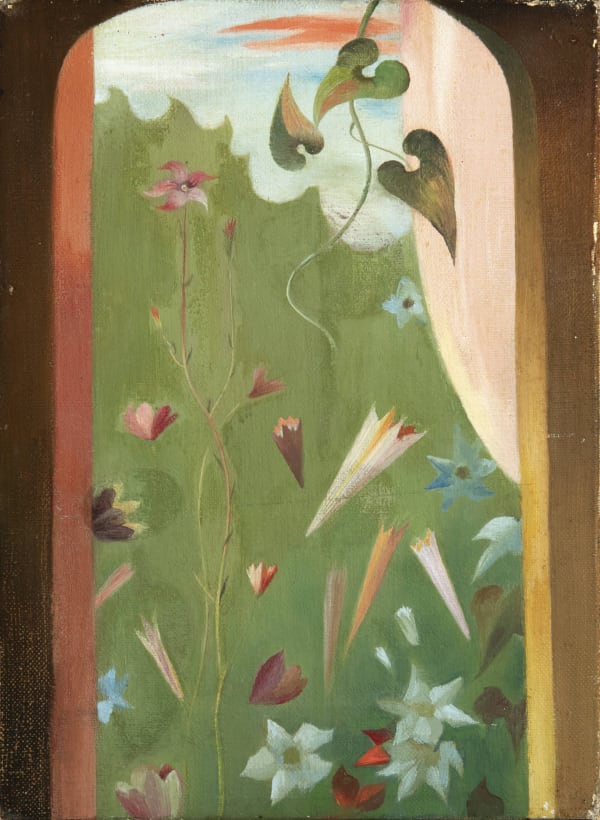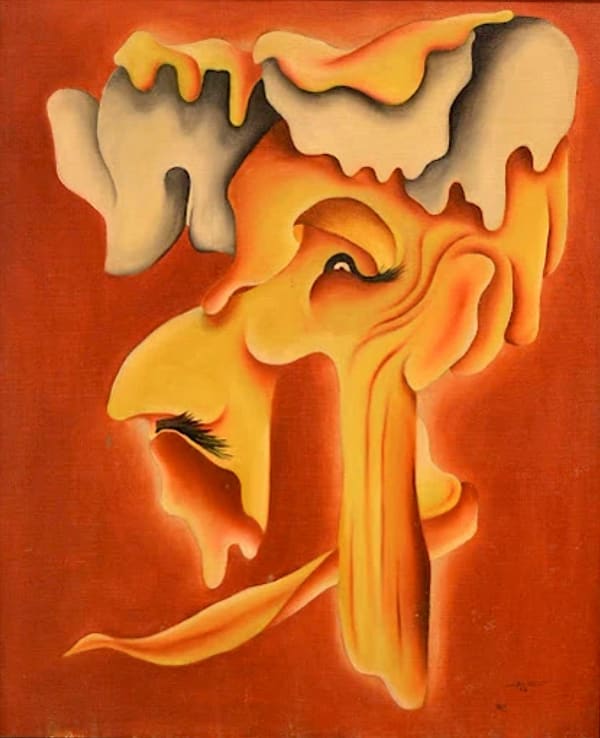-

Marion Adnams (1898-1995)
-

Rachel Baes (1912-1983)
-

Maeve Gilmore (1917-1983)
-

Henri Goetz (1909-1989)
-

Sam Haile (1909-1948)
-

Conroy Maddox (1912-2005)
-

Mayo (Antoine Malliarakis) (1905-1990)
-

Oscar Mellor (1921-2005)
-

John Melville (1902-1986)
-

Toni del Renzio (1915-2007)
-

Edith Rimmington (1902-1986)
-

John Selby-Bigge (1892-1973)
-

Humphrey Spender (1910-2005)
-

Paule Vézelay (1892-1984)
-

Cossette Zeno (1930 - )
